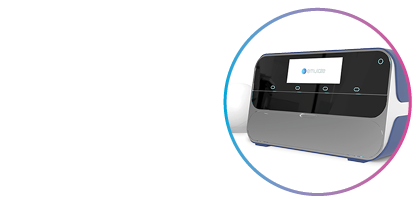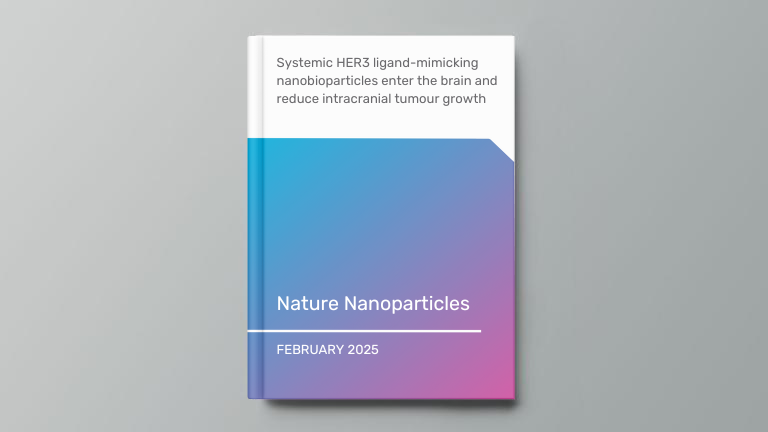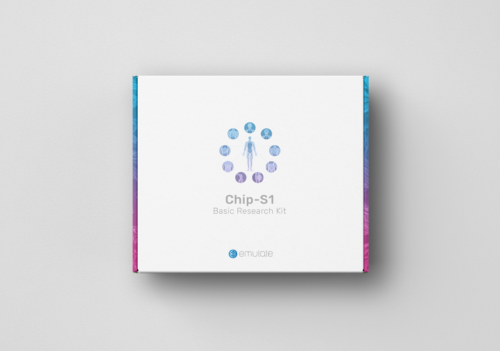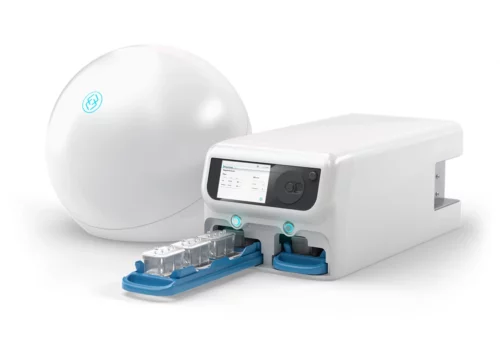Organ Model: Brain (Blood-Brain Barrier)
Application: ADME, Cancer
Highlights
- The authors created a human BBB-Chip by culturing iPSC-derived brain microvascular endothelial cells opposite neural cells under microfluidic flow, thereby modeling the key structural and functional features of the human blood–brain barrier.
- They validated the chip’s barrier integrity using fluorescent dextran leakage assays, and confirmed the expression of tight junction markers (such as claudin-5 and occludin) in the endothelial layer.
- By flowing their engineered nanobioparticles (NBPs) through the endothelial channel and collecting effluent from the neuronal side, they demonstrated receptor-mediated transcytosis across the BBB compartment in a way that closely mimics human physiology.
- Through targeted blocking experiments and siRNA knockdown of HER3, they showed that NBP passage across the in vitro BBB depends on HER3 interactions and caveolae-associated pathways, offering mechanistic insights that can guide future brain-targeted drug delivery strategies.



